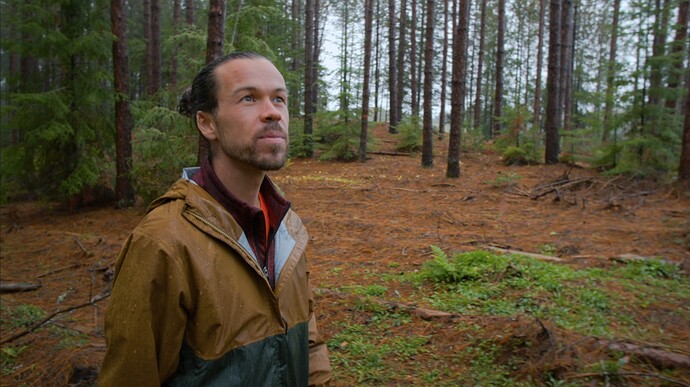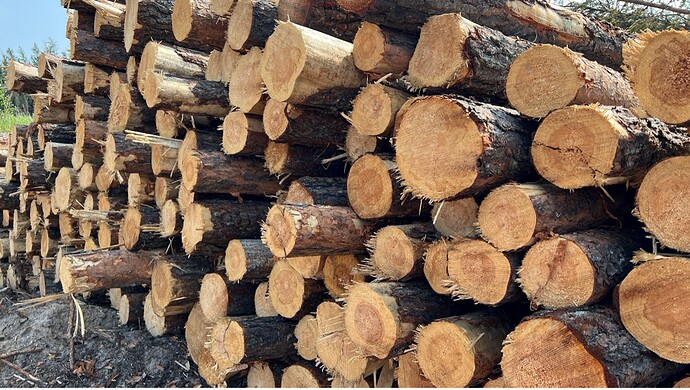There has been a concerted shift in the way Indigenous peoples engage in resource development in Canada. Despite a long history of exclusion, there is now recognition of the unique and vital role Indigenous stewardship plays in managing the land, and of forests in particular. Many First Nations and Métis communities hold generations of forestry knowledge, giving them a deep understanding of how forests evolve and how they can be managed in a way that is both environmentally and economically sustainable.
“Indigenous peoples are fundamentally peoples of place,” says Paul Robitaille, senior advisor of Indigenous relations for the Sustainable Forestry Initiative. “Their languages, cultures, laws, governance structures, ways of knowing and being—they are all born from their place in the world. And in many regions, those places are forests. So Indigenous peoples are often a reflection of the forest and the land, and you really can’t separate the two.”
Through decades of organizing, advocating and legal action, Indigenous peoples are asserting their place as stewards of the land and are actively engaging in forestry management. “This has very strong implications for sustainable forest management and the relationships built around it, from economic participation and community-led land initiatives to growing stewardship,” adds Robitaille, who is a citizen of the Métis Nation. “Canada is going to be all the better because when Indigenous peoples are partners in forest management—when they are decision makers and managers—a whole new level of meaning can come into play. Indigenous peoples are going to take care of their place in the world. That’s a unique and important mindset to have represented and equally involved in forest management.”
True reconciliation involves economic reconciliation
It’s critical that the forestry sector develops and facilitates economic opportunities and a seat at the table for Indigenous businesses and careers. The sector recognizes this importance and has been actively working to strengthen relationships with Indigenous peoples. Indigenous management of forest resources has increased 135 per cent since 2003. Canada’s forestry sector also supports jobs in more than 400 Indigenous communities, employing 11,600 Indigenous people. And in 2019, associated business agreements and stewardship partnerships between the forestry sector and Indigenous nations generated approximately $250 million in economic benefits to Indigenous communities.
Take the Meadow Lake Tribal Council (MLTC), which has been leading the way in Indigenous forest management in Canada since 1987. MLTC is made up of the nine First Nations of Northwest Saskatchewan and is the sole owner of NorSask, the largest Indigenous-owned forest products company in Canada.
“It’s really important that Indigenous peoples coexist with industry so that we can share how the land is used and ensure forestry operations respect those uses”
NorSask is recognized as a model for co-management agreements in the sector based on a partnership it has with Meadow Lake Mechanical Pulp Inc., a company owned by Paper Excellence in B.C… Through their joint ownership of Mistik Management Limited (Mistik), the two groups are responsible for the sustainable use and stewardship of 1.9 million hectares of forest in northwestern Saskatchewan. Through co-management agreements with Indigenous communities in its operating area, Mistik has become an example of Indigenous groups and industry partnering together to strengthen Canada’s forest sector.
“It’s really important that Indigenous peoples coexist with industry so that we can share how the land is used and ensure forestry operations respect those uses,” says Tina Rasmussen, chief business officer of MLTC Industrial Investments (MLTCII), the council’s economic development corporation that oversees the operations of all MLTC companies. “Traditionally, the use of our land is for hunting and trapping. We make sure we can continue to provide by protecting our traditional trap lines and where our medicine grows, ensuring communication of key areas that hold our traditional ways of supporting and feeding families. Indigenous peoples want to be productive members of society, and they need to be able to be involved with the forest sector to do that.”

